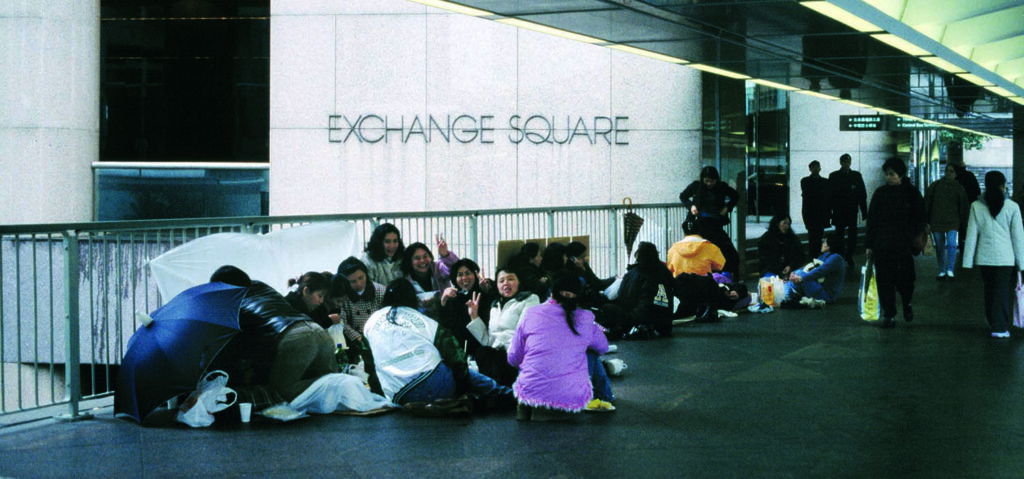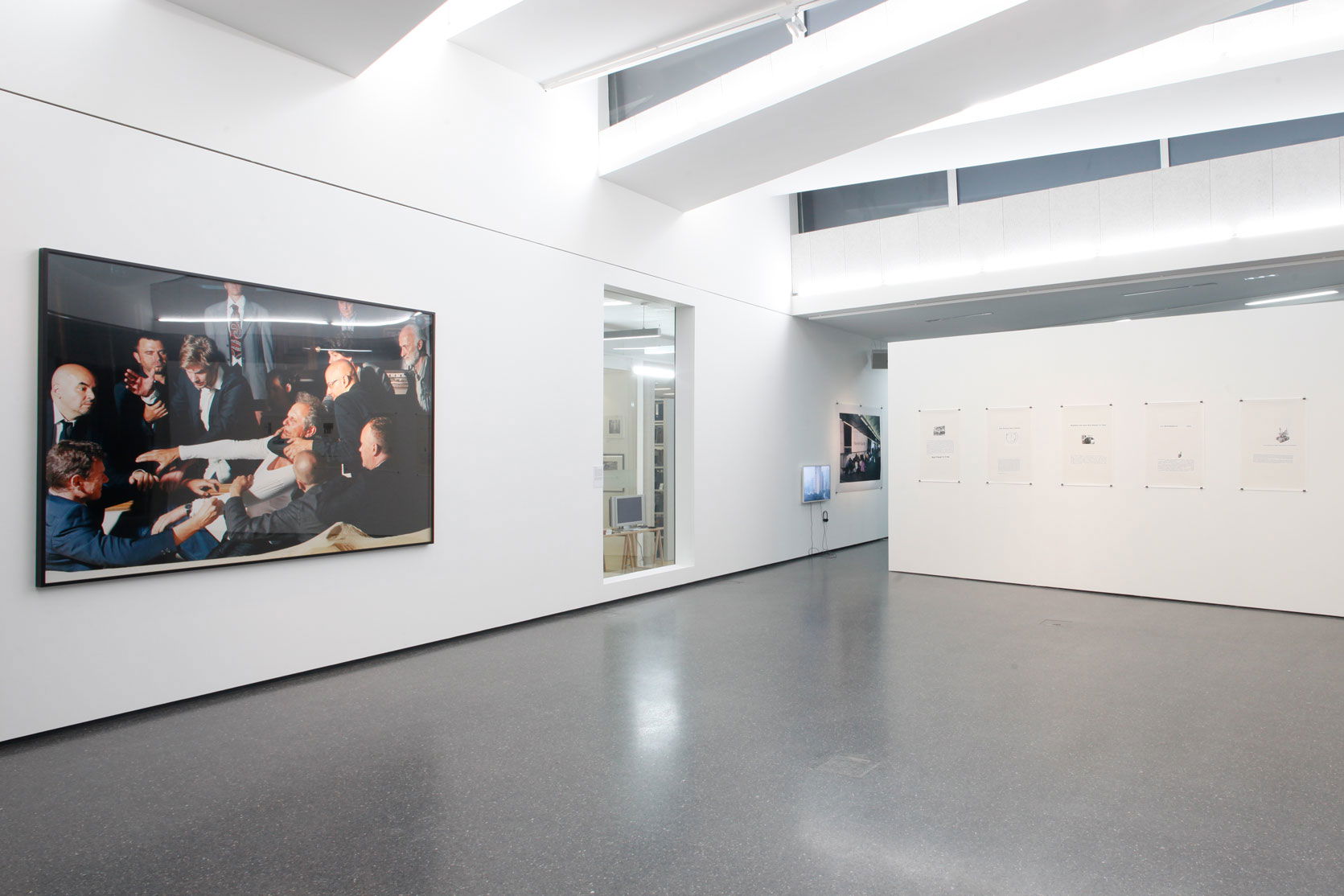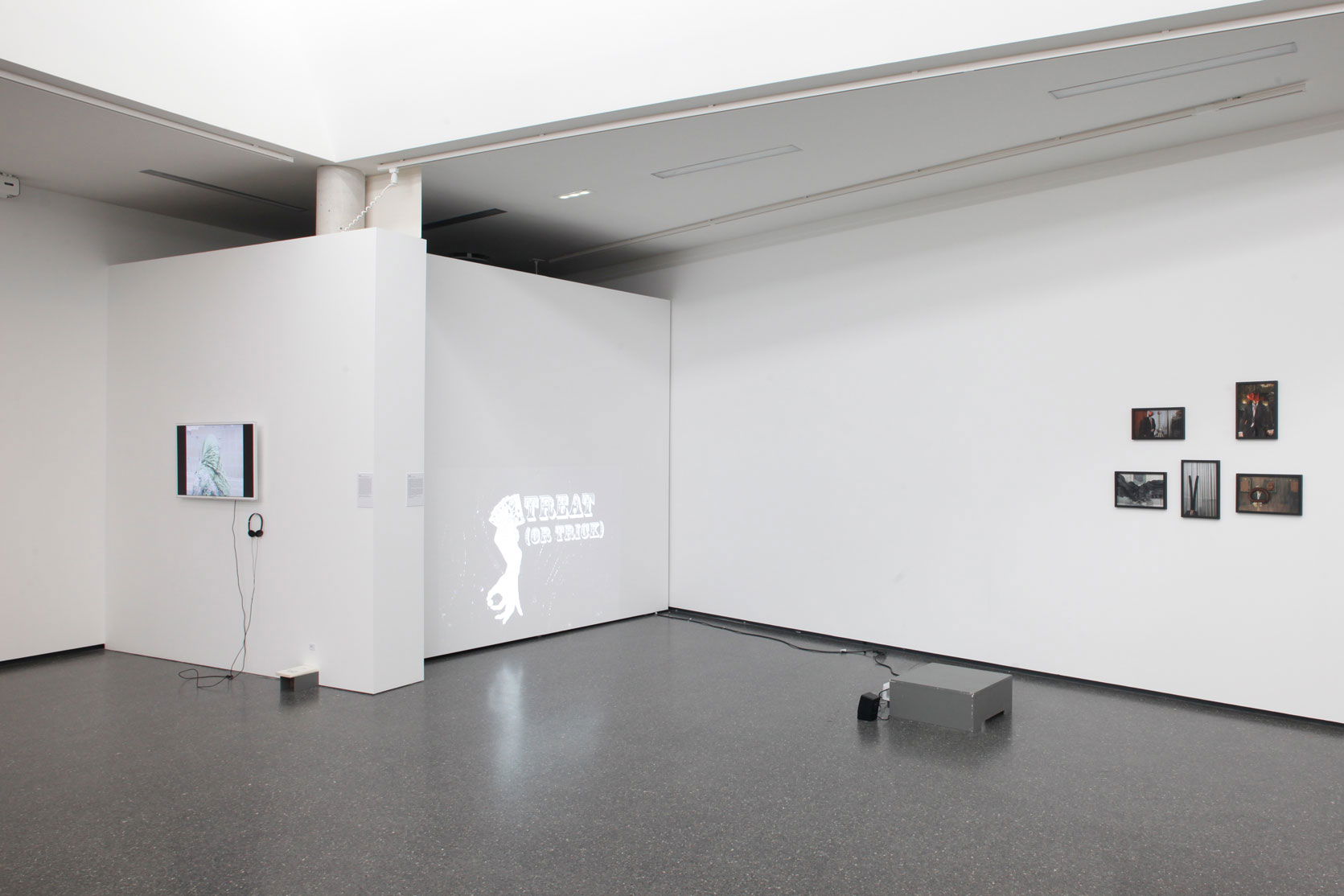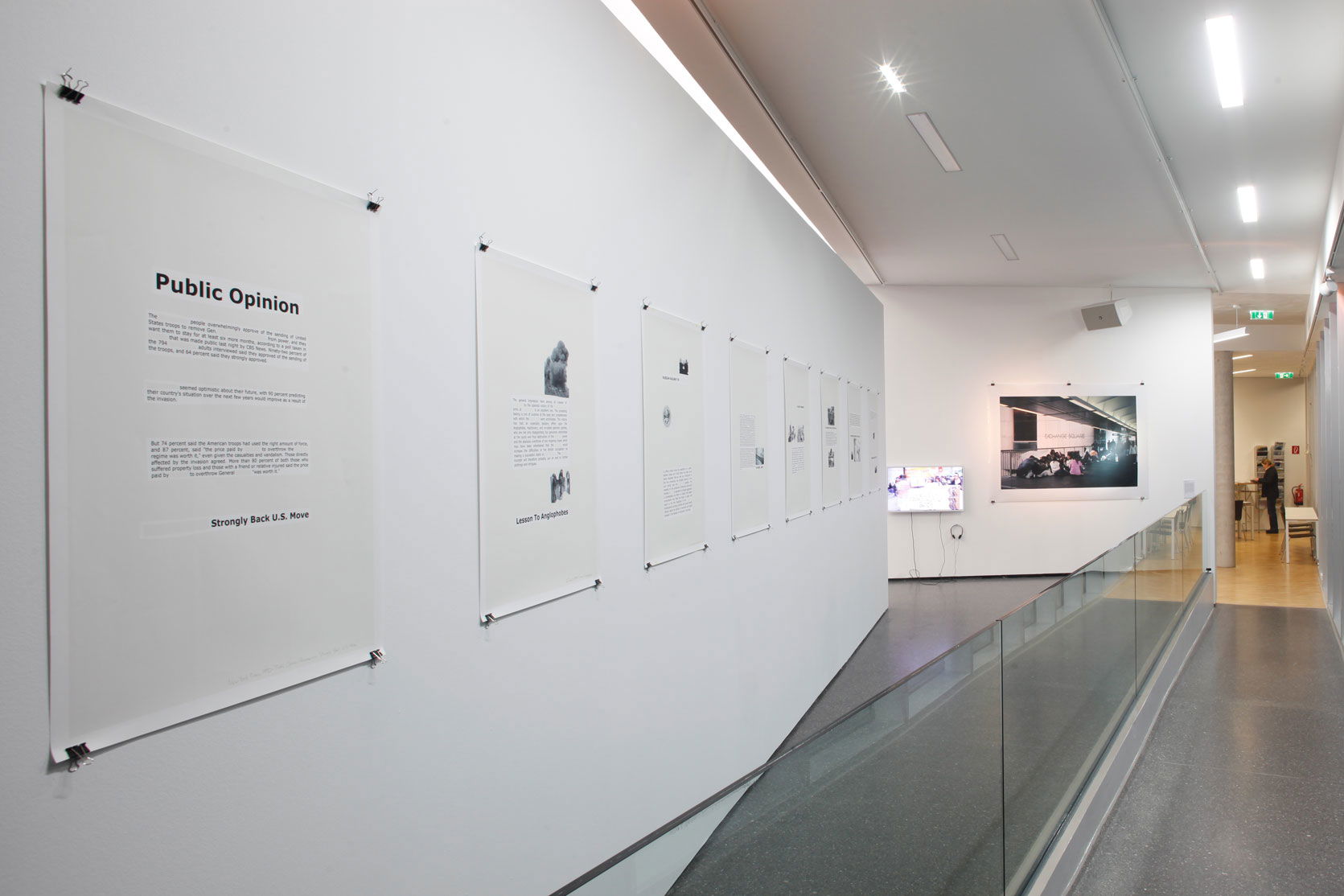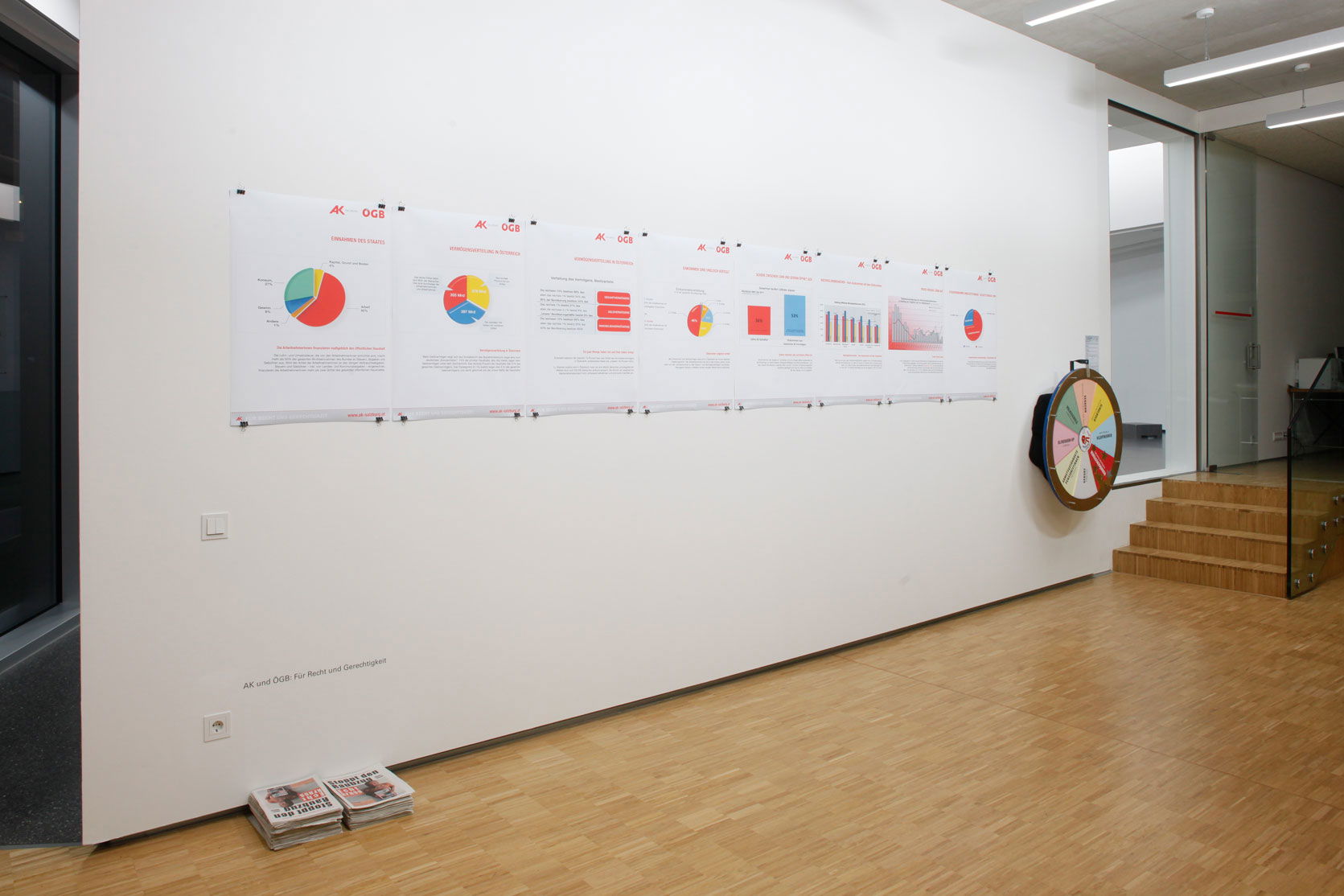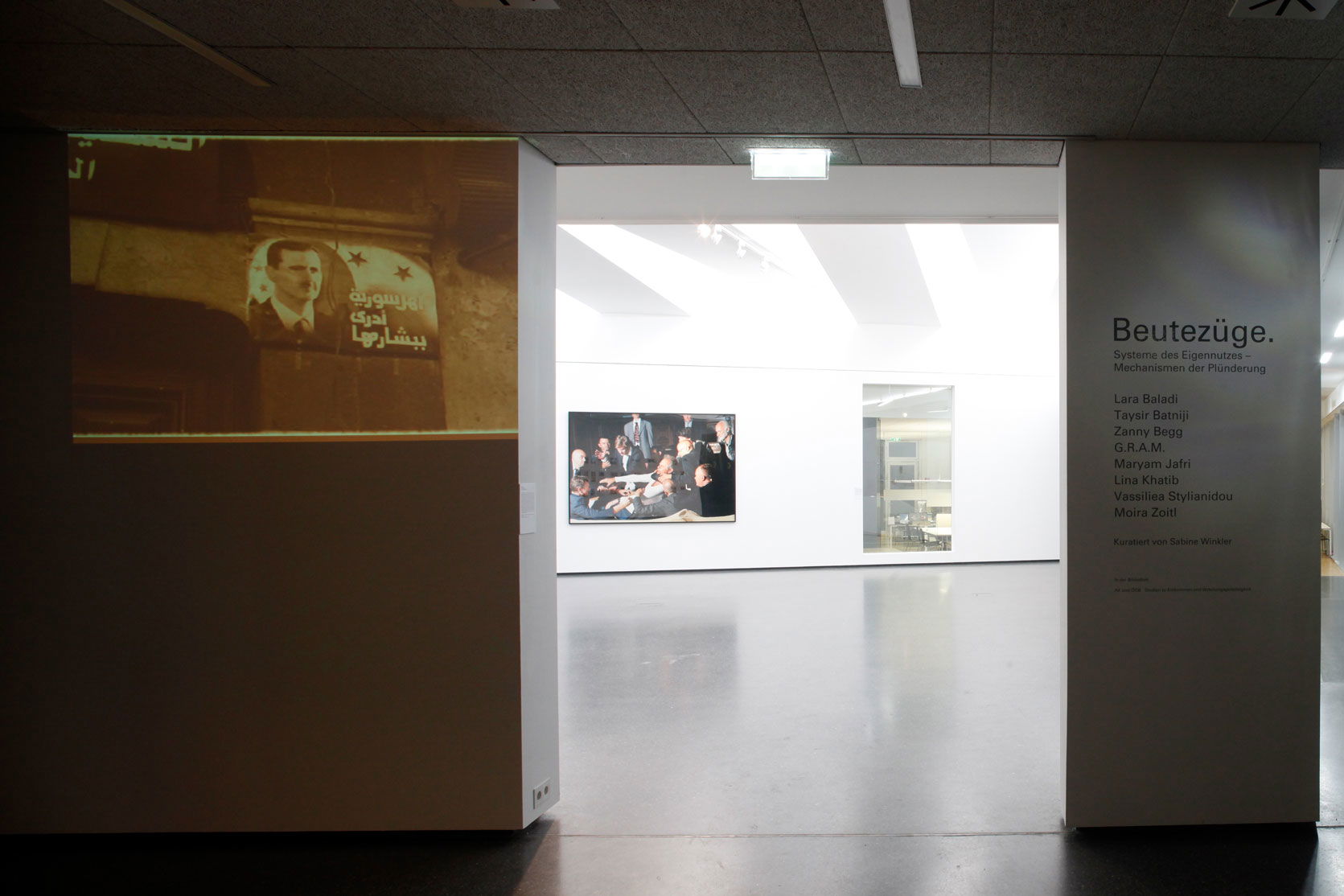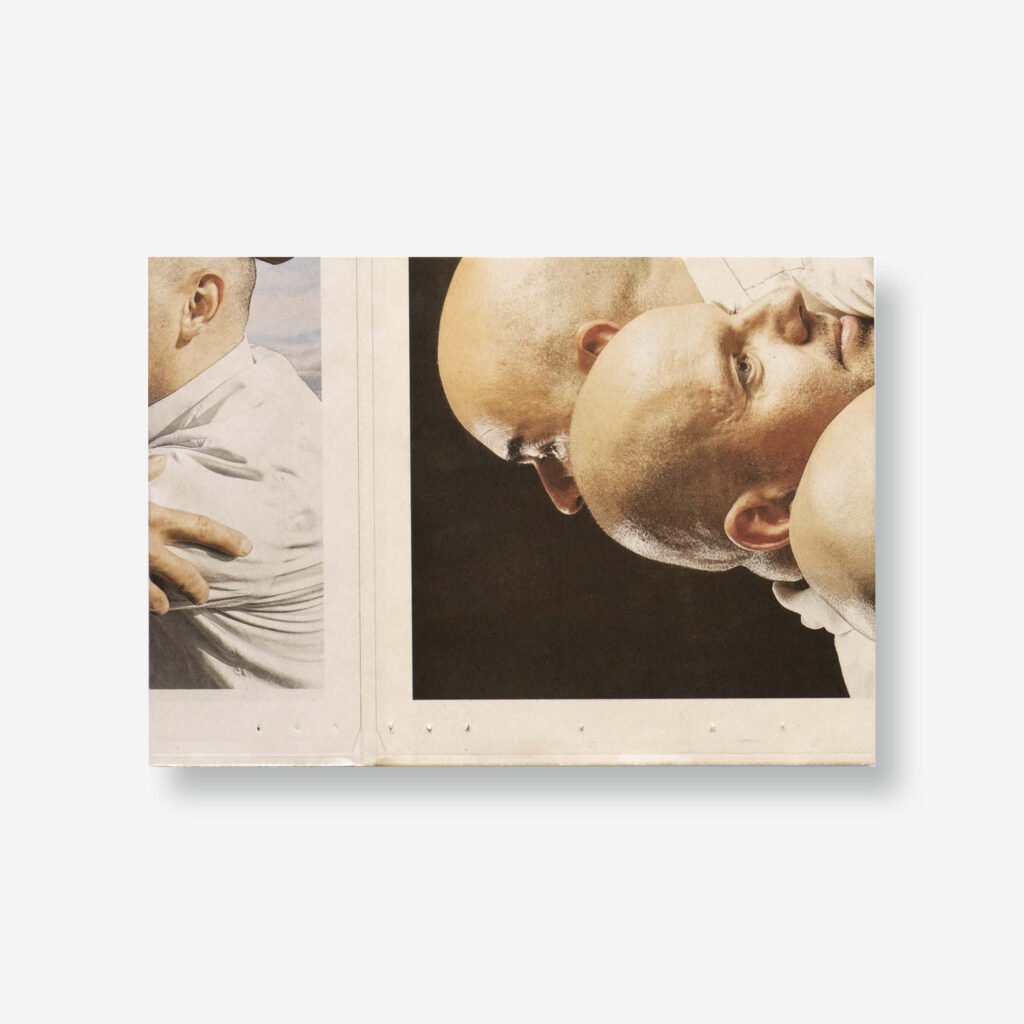Beutezüge
G.R.A.M, Lara Baladi, Taysir Batniji, Zanny Begg, Maryam Jafri, Vassiliea Stylianidou, Moira Zoitl, Lina Khatib
The exhibition looks at different methods and ways in which spoils are generated, illustrated by the example of the financial crisis and the toppled Arab dictators. Eight international artists explore exploitation mechanisms and their impact.
In the dramatic events of recent years one motif in particular has emerged ever more prominently, one that underlies both the general financial crisis and events in the Arab world. Exploitation and systems of self-interest are plundering mechanisms that present themselves either cloaked in democratic garb, as neo-liberalism, or naked, as authoritarian regimes. The opportunities for exploitation are boundless. What characterises the players in both systems is their loss of reality. The plundering mechanisms at work within the financial system are so abstract they are difficult to reconstruct. Banks and major corporations have been rescued at the expense of the population, which is now set to pay off the banks’ gambling debts for decades to come, with one austerity package chasing the next. This form of redistribution serves to eliminate the welfare state. Funding earmarked for the general public is being re-allocated to banks and corporations.
In the Arab Revolution countries, dictators adopted the exploitation techniques of former colonial powers and were supported by the West for as long as business relations were right. The dictators perfected existing networks of corruption that ran through all sections of society. With authoritarian and hierarchical regimes that operated out of self-interest in clans, feudal groups or mafia-like gangs, they created disastrous scenarios of everyday life and a lack of prospects, particularly for the young population. This direct confrontation with exploitation was a crucial factor behind the wave of uprisings that swept across the countries of the Arab Spring. Against the backdrop of these current developments the exhibition addresses the issue of historical, colonial and ideological reference systems of exploitation. What sort of illusions are being pulled out of the hat? Where do the different forms of looting coincide? And how are they interlinked? Who is getting rich – and at whose expense?
Lara Baladi
In her work entitled Hope Lara Baladi examines unofficial housing construction in Cairo, which can be seen as a consequence of informal or non-existent labour, and reflects corruption and its many connections.
Taysir Batniji
Taysir Batniji photographs bombed-out houses in Gaza and then showcases them as estate agent’s particulars to highlight traditional and current looting through land appropriation and property acquisition.
Zanny Begg
In “Treat or Trick“ Zanny Begg uses the metaphor of magic to feature the market’s invisible hand, which is built on illusion and clearly does not regulate the market as if by magic. Zanny Begg explores the significance of irrational belief mechanisms within the financial market.
G.R.A.M.
In the photo series Hohes Haus, the group of artists G.R.A.M. has recreated punch-up scenes in various parliaments. They restaged the photographs of brawling MPs that were published in newspapers, highlighting the conflicts of interest that are played out physically within ideological systems and hinting at the links between political and economic looting. The photograph on show at the exhibition of a recreated fight scene between Ukrainian politicians at the Kiev parliament could be viewed in the context of the extended stationing of Russia’s Black Sea fleet in the Crimea and the reduction in the price of gas for the Ukraine.

Maryam Jafri
In her collages Maryam Jafri combines image and text material from newspapers of different eras and establishes connections between colonial and current mechanisms of exploitation by analysing reporting methods.
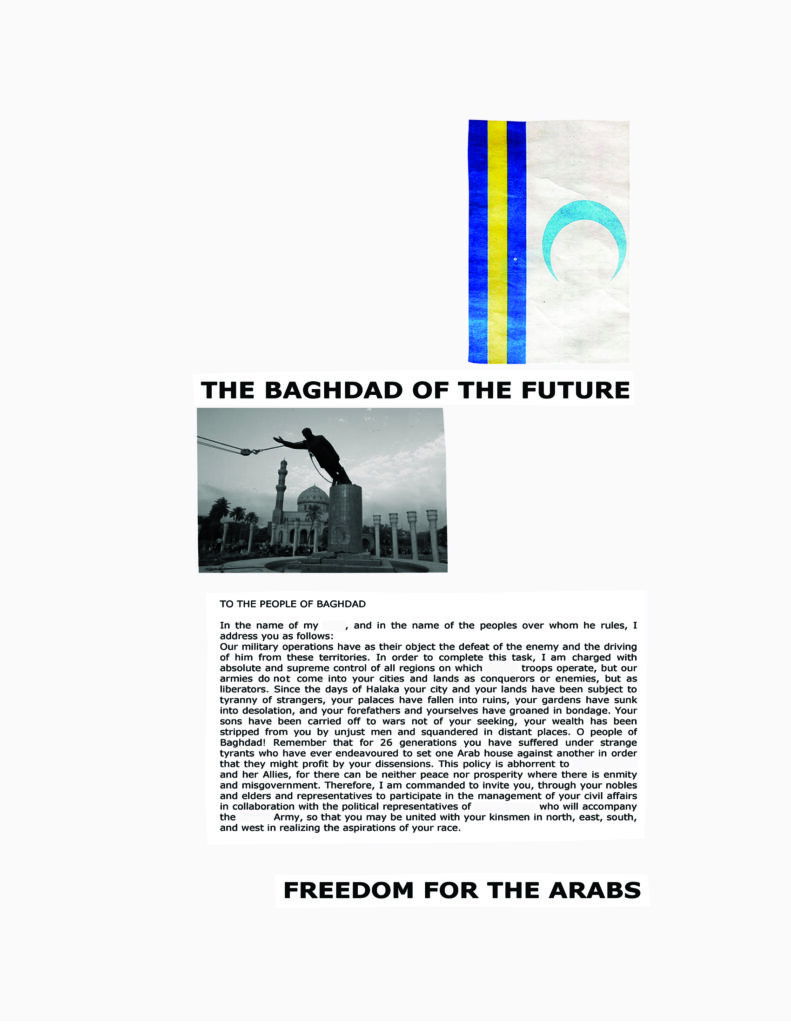
Lina Khatib
In her video Lina Khatib shows photographs of advertising posters featuring toppled or toppling long-term dictators in the Arab Spring countries and showcases patriarchal gestures and poses.
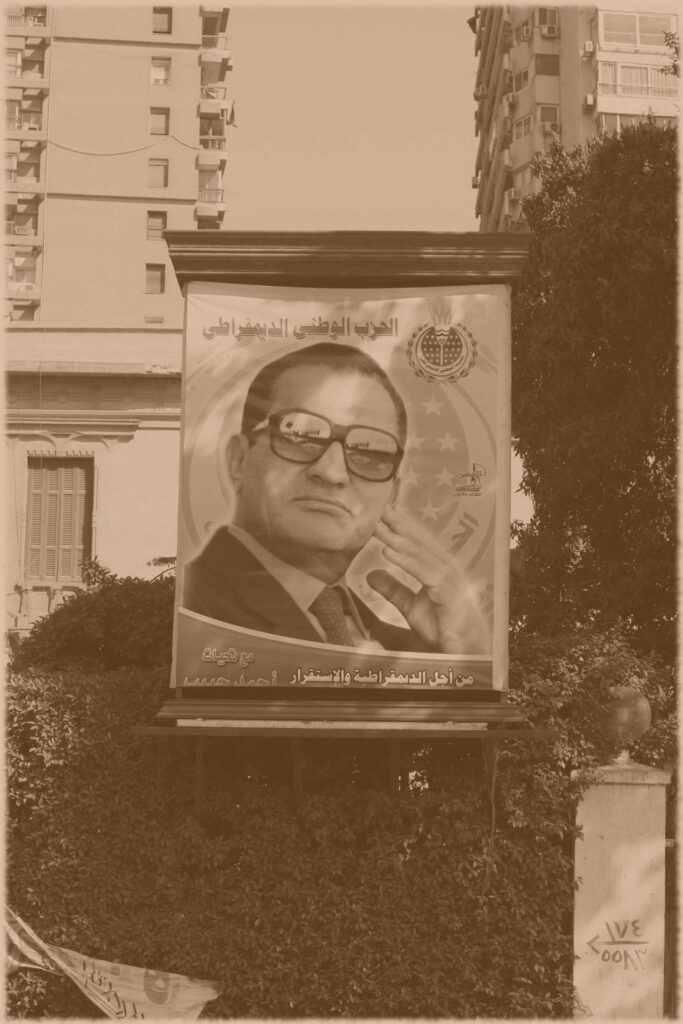
Vassiliea Stylianidou
Vassiliea Stylianidou uses plasticine to manipulate photographs of the boards of directors taken from different magazines and uses irony to break their poses of representative self-projection.
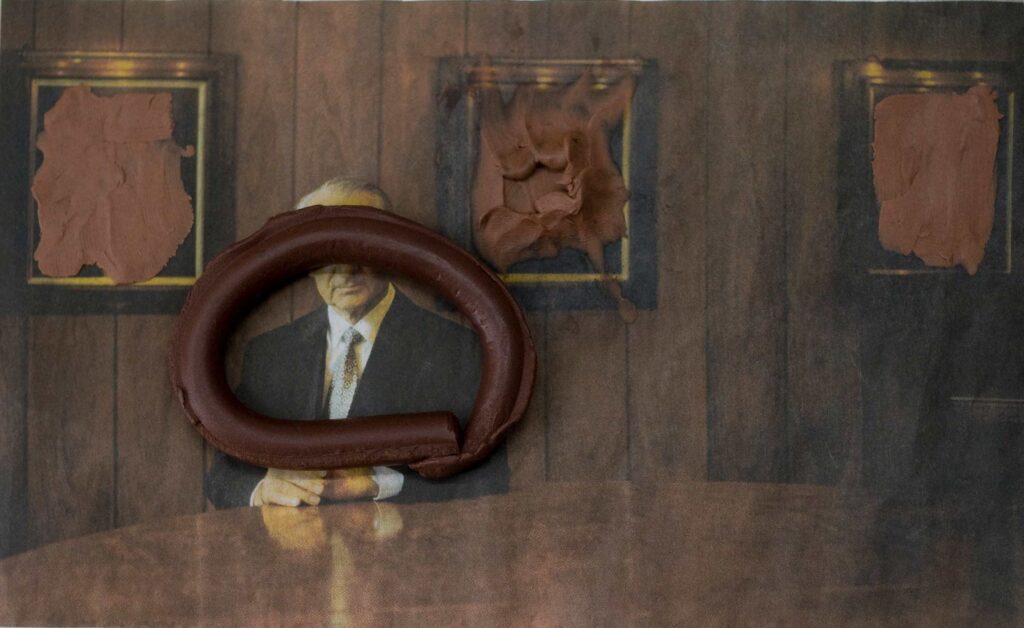
Moira Zoitl
Moira Zoitl examines the working conditions and exploitation of foreign domestic workers in Hong Kong. Trapped in a legal vacuum, dependent on and at the mercy of their employers, a number of the women came up with models of resistance to combat this form of contemporary enslavement.
